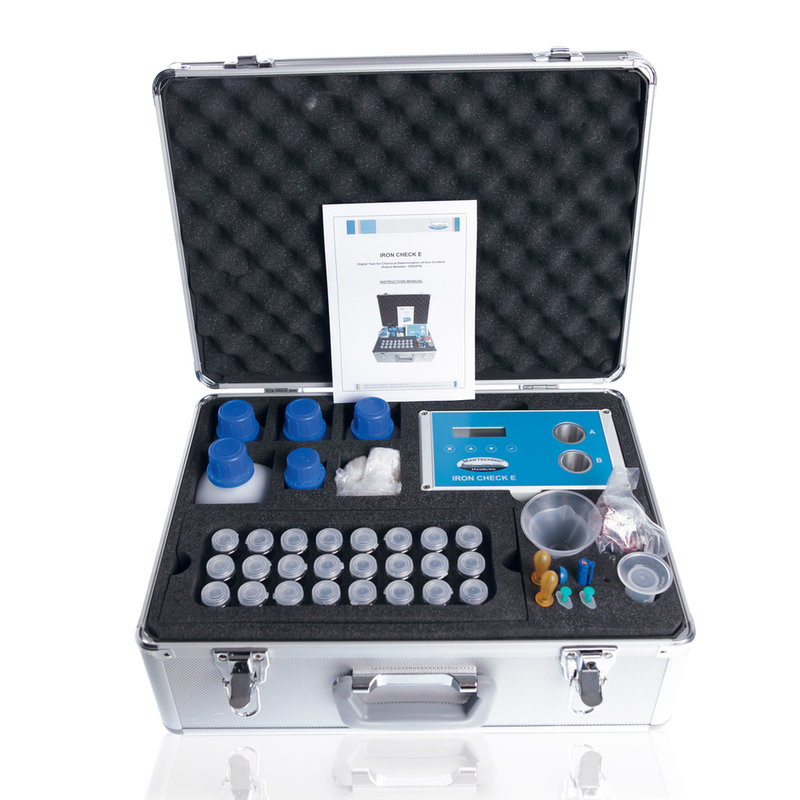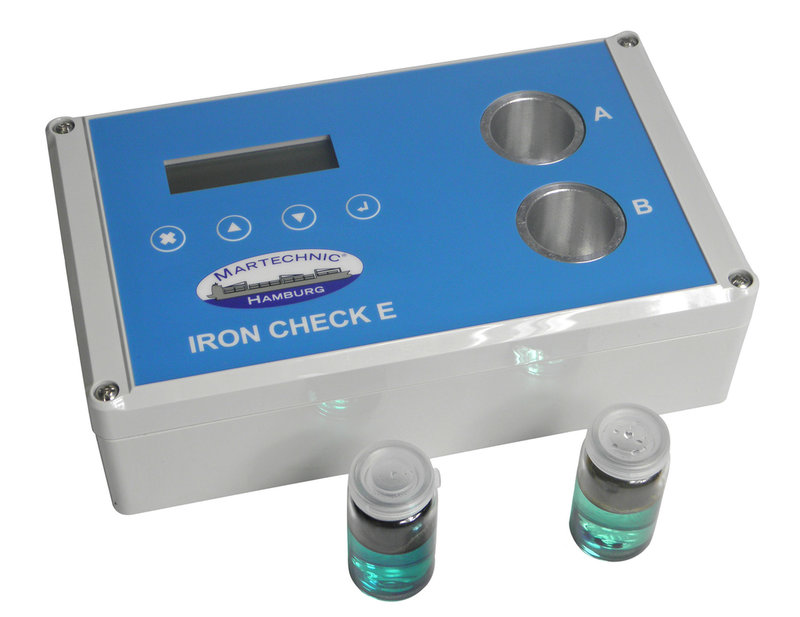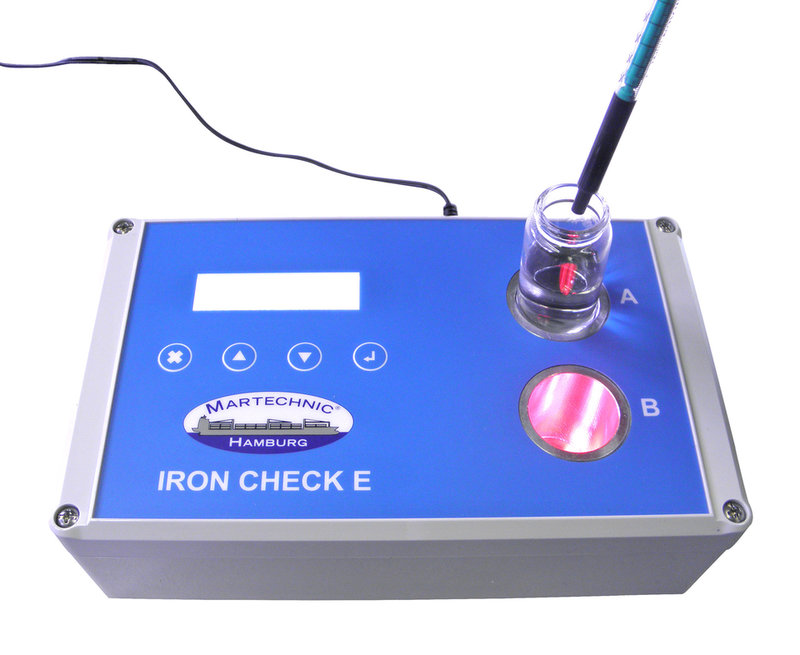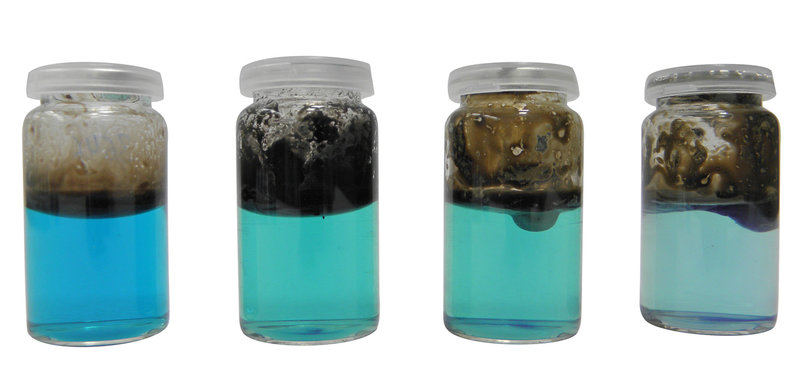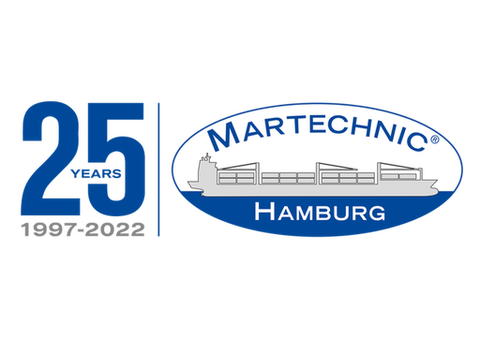Condition Monitoring of Cylinder Drain Oil (CDO): Determination of Total Iron Content with On-Board Testing Equipment
Cylinder Drain Oil (CDO) analysis also called Scrape Down Analysis (SDA) is a crucial oil analysis to assess the condition of cylinder lubricant of two-stroke marine diesel engines along with regular inspections.
The CDO analysis is aimed at determination of total iron content of the cylinder drain oil in use. The amount of total iron present in CDO provides direct indication of engine wear rate and the condition of cylinder components (pistons, piston rings and cylinder liners). The additional measurement of the remaining alkalinity reserve (base number, BN) will allow optimization of cylinder oil feed rate to properly lubricate cylinder components and to enable cost-effective engine operation.
The vessels with two-stroke marine diesel engines have recently undergone important changes to meet the latest emission criteria of MARPOL Tier III NOx regulations and Energy Efficiency Design Index (EEDI) guidelines. To optimize the vessel performance and fuel oil expenses, the following technical measures have been introduced:
- transition to slow-steaming vessel operation and practices of partial load;
- modification of the engine design with longer piston strokes.
As a result of the above-mentioned measures and vessels’ operation at lower temperatures, cylinder liners and piston rings may experience a problem of acid corrosion, a so-called “cold corrosion”. Such corrosive wear normally occurs due to chemical reaction from combustion residues and sulphur present in the fuel oil. In its turn, abrasive wear is an indication of wear and tear of the components surrounding the engine combustion chamber due to mechanical friction.
Why Measuring Total Iron?
Major engine manufactures of two-stroke diesel engines refer namely to the measurement of total iron content when performing Cylinder Drain Oil analysis (CDO).
Total iron is the combination of two different types of wear: corrosive (non-magnetic iron/ iron salts) and abrasive (ferromagnetic iron/ iron particles). Accordingly, the measurement of total iron enables identification of both types of iron.
Total iron can be measured with various analysis methods: laboratory or on-board testing equipment. The various measurement methods differ substantially in their iron definition, sample preparation, determination of measuring range and measuring unit. Therefore, each measuring method may deliver different results. As per CIMAC recommendation, it is important to understand crucial differences between various measurement methods and “…to ensure that the data are generated by the same laboratory, the same apparatus and the same method…“ before any comparison of analysis results can be made. (See 3.1.6, p.11)1
Typical methods for determination of iron content in CDO used in laboratory analysis are ICP (Inductively Coupled Plasma Mass Spectrometry) and ferromagnetic PQ (Particle Quantifier) Index which are often combined in laboratory reports. Without going into detail and description of each measurement method2, it should be noted that they are using a completely different methodologies than a method developed by Martechnic for regular on-board application with the test device “IRON CHECK E”.
What is Different about Martechnic’s “IRON CHECK E”?
The test device “IRON CHECK E” is designed and developed specifically for regular on-board trend analysis of in-service - Cylinder Drain Oil (CDO) and offers an independent analytical approach elaborated by Martechnic.
The principal aim of on-board total iron testing is preventive monitoring, i.e. early detection of any abnormal wear processes before serious engine wear occurs. Thereby, early identification of unusual measured values (e.g., high amounts of total iron concentration) can help to inform the maintenance personnel about impeding damages in the engine to take a closer look at the problem.
Total iron content in a CDO sample is determined chemically, namely by means of chemical reagents, and measured in mg/kg (ppm). To obtain accurate test results, a representative CDO sample without any pre-treatment is subjected to chemical reaction occurring between the special reaction liquid and the iron in a CDO sample.
Irrespective of iron nature (corrosive and/ or abrasive) and size, all iron particles will be automatically identified, measured and displayed by the test device “IRON CHECK E”. Owing to the broad measuring range of the test device up to 1100 mg/kg (ppm), also large iron particles will be detected, assessed and displayed.
A two-chamber measuring system of the “IRON CHECK E” enables testing of two CDO samples simultaneously and helps to save time when assessing multiple samples of different cylinder units.
Since the chemical method of the test device "IRON CHECK E" is analytically based on the so-called Prussian blue reaction, the presence of iron in a CDO sample can also be visually observed after the automatic measurement is completed. If the sample contains any iron, the color of the liquid in the glass vial changes to blue. The intensity of the blue color is related to the amount of iron present. The darker the hue of the fluid, the higher level of iron concentration the cylinder lubricant contains.
In case the measured value of total iron is significantly higher than the limits established by the engine manufacturer and a repeated measurement with the test device “IRON CHECK E” displays the same result, inspections of the engine by the ship’s crew have to take place in order to identify the problem.
Additional measurement of corroded iron with the “IRON CHECK E” in a similar manner as total iron and then calculation of abrasive iron value might be helpful to identify the possible root cause. Any further actions should be always taken in accordance with the instructions of the engine manufacturer.
On-board Cylinder Drain Oil (CDO) analysis with the test device “IRON CHECK E” is a simple total iron monitoring tool to effectively support ship operators in regular assessment of cylinder condition of two-stroke marine diesel engines.
Contact details
Martechnic GmbH
Adlerhorst 4,
D-22459 Hamburg, Germany
Tel.: +49 (040) 853 128 0
Fax: +49 (040) 853 128 16

